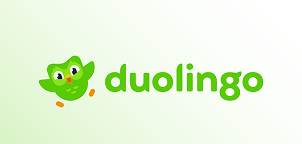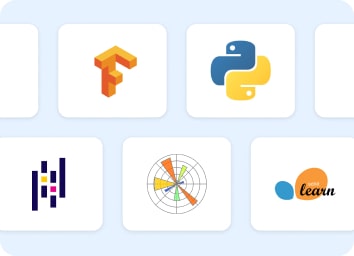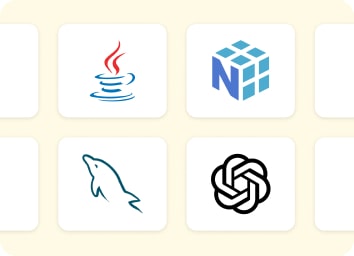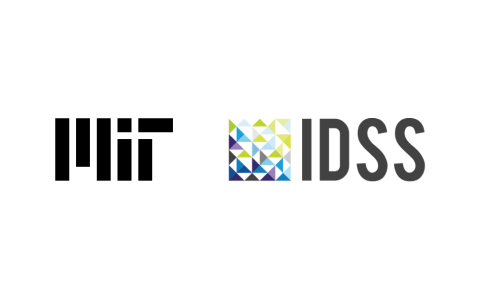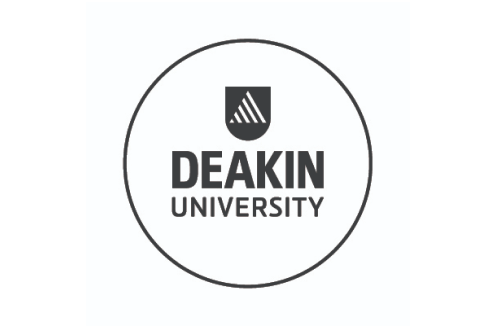Free SQL for Data Science Course
SQL for Data Science
Enroll in our free course on SQL for Data Science and learn techniques to organize and manage huge datasets for data science purposes. Get hands-on experience to work with python for SQL queries on Data Science projects.

Ratings
Level
Learning hours

Learners
Skills you will learn
About this course
This course will introduce you to prominent SQL operations to perform Data Science tasks, with a few demonstrated examples. The course begins with discussing clauses in SQL and continues with other statements such as GROUP BY, ALIAS, JOINS and their types, i.e., INNER JOIN, LEFT JOIN, RIGHT JOIN, FULL JOIN, and SELF JOIN. You will also learn to work with subqueries, their types, and execution, after which you shall understand Python concepts with SQL and its popularity. The course comprehends a guide to Python installation. The course also includes assessments to evaluate your gains. Complete the course for free and avail your certificate. We allude you to the attached materials for reference.
After this free, self-paced, beginner's guide to SQL for Data Science, you can enroll in PG Programme in Data Science and embark on your career with the professional Post Graduate certificate and learn various concepts in depth with millions of aspirants across the globe!
Course Outline
SQL is a query processing language and Data Science is all about managing and manipulating data. This SQL for Data Science course gives you insights on how SQL is used in Data Science applications.
This section discusses clauses. You shall understand to fetch data from a single table or by combining multiple tables using GROUP BY and HAVING statements.
This section helps you understand GROUP BY statements in SQL and learn to group the elements based on conditions written after the query statement.
This section will help you have practical exposure to group elements using GROUP BY clauses in the tables using the GROUP BY statement. It is handy to fetch data when the criterion is known.
This section discusses the HAVING clause and explains the aggregation in the instances it is used.
What our learners enjoyed the most
Skill & tools
65% of learners found all the desired skills & tools
Frequently Asked Questions
Will I receive a certificate upon completing this free course?
Is this course free?
What prerequisites are required to learn the SQL for Data Science course?
SQL for Data Science is a beginner's course, but you will have to learn SQL and Data Science Basics before diving into this course.
How long does it take to complete this free SQL for Data Science course?
The SQL for Data Science free course is 3-hours long. You can take your time and learn it at your leisure since this course is self-paced.
Will I have lifetime access to this free course?
Yes, once you enroll in the course, you will have lifetime access to this Great Learning Academy's free course. You can log in to SQL for Data Science anytime and learn at your own pace.
Other Data Science tutorials for you
SQL for Data Science
Data Science is a field that offers a variety of job opportunities. Companies are increasingly becoming data-driven today. The use of SQL in data science has become popular as the data is stored in a database and managed by a database management system. The DBMS simplifies and organizes our work. Thus, it becomes essential to link the most popular programming language with the most promising DBMS solution—one of the most hopeful DBMS solutions. As data collection has grown exponentially, there has also been a need for people skilled at working with data and interacting with it, able to think critically and provide insights to make better business decisions. A data scientist earns an average of $120,000 a year and has thousands of job openings at a time, according to Glassdoor. Data scientists must be able to retrieve and work with data, and to do this, and you need to be skilled in SQL, the standard language used to communicate with database systems.
SQL for a data science course
The aim of this course is to bring you to the fundamentals of SQL and how to work with data, so you can start analyzing it for data science. When you ask the right questions and provide good answers, you will be able to deliver valuable insights for your organization. The course starts with the basics and assumes you have no experience or knowledge of SQL. Building on that foundation, you will gradually learn how to write simple and complex queries to select data from tables. There are different types of data you will work with, such as numbers and strings, and you will learn about methods to filter and get your required results.
Analyzing data involves collecting, transforming, and interpreting data so that conclusions and predictions can be made and informed decisions can be made.
The most widely used database language is SQL, which is supported by popular relational database systems like MySQL, SQL Server, and Oracle. There are, however, some features of the SQL standard that are implemented differently in different database systems. Thus, SQL is one of the most important concepts to learn in the field of Data Science. So we created this course to teach you SQL for data science.
You will be able to create new tables and move data into them. We will teach you how to combine the data by using common operators. Case statements and concepts such as data governance and profiling will be used. Data topics will be discussed, and you will practice using real-world programming assignments. As a specialist, you'll be accountable for understanding data structure, meaning, relations and using SQL to shape data for targeted analysis.
SQL for data analysis
The purpose of this course is to teach you how to extract and analyze information stored in databases using Structured Query Language (SQL).To begin, you'll learn how to extract data, join tables together, and perform aggregations. Next, you will learn to use subqueries, temp tables, and window functions to run more complex analyses and manipulations.
Learn SQL basics for data science specialization
The world's best universities, such as UT Austin, MIT, Northwestern University, etc., have partnered with Great Learning to create the best online data science courses to help our learners learn from world-class professors and gain advanced data science skills. These programs offer world-class education in domains such as data science, business analytics, and machine learning.
Discover how to use and apply the powerful language of SQL to communicate through and extract data from databases, an essential skill for anyone operational in data science.
Why this course?
- * Learn and apply the fundamentals of SQL
- * to create a cloud database
- * Query data through ranges and string patterns
- * Organize and sort data by data type in result sets
- * SQL Data Analysis
Learn how to manage your database using SQL. Beginner-level tutorials for creating tables, defining relationships, and manipulating strings with SQLite Studio. Content is prepared by Great Learning employees with a wealth of experience in analytical data. With videos, assessments, and hands-on labs, you'll learn about analysis tools and platforms, as well as key analytical skills for jobs. Data cleaning, problem-solving, critical thinking, data ethics, and data visualization are among the skills you'll learn. You will complete a case study that you can showcase to potential employers in addition to expert training and hands-on projects. You will learn skills that top employers are hiring for right now.
Conclusion for Data science in SQL
Structured Query Language (SQL) is a tool used for relational database querying and overseeing purposes. Databases consist of two-dimensional tables (e.g., Datasets, Excel Spreadsheets). These tables include a specific number of columns and any number of rows. Nowadays, companies are giving more and more importance to data. As an example, data can be used to analyze and solve business problems, predict market trends, and understand customer needs.
The prime advantage of using SQL is that it can be accessed directly without the requirement to copy it first when performing data operations. This can significantly speed up workflow execution. You will learn to extract and analyze in stored databases using SQL. You will also learn to join tables and perform aggregations. Then you will learn how to do more complex analysis and manipulation using subqueries, temp tables, and window functions. By the closing stages of the course, you will be proficient in writing efficient SQL queries for various data analysis tasks. Structured Query Language was created for accessing and manipulating data stored in databases. Different versions of SQL and database management systems that use SQL are available, including Microsoft SQL Server, PostgreSQL, MySQL, Oracle, etc.
They all use SQL with similar syntax, although DBMS may require different knowledge. SQL allows you to:
- * Create, modify, delete, and manipulate tables
- * Create, edit, delete and manipulate data
- * You can access and retrieve records (data)
- * Database stored procedures should be created
- * Set permissions on procedures and tables
According to the above description, a Data Scientist needs SQL to handle structured data. Structured data is stored in relational databases. Therefore, a data scientist must have a solid understanding of SQL in order to query these databases. To solve business problems, data scientists use tools to derive, mine, and analyze data. Handling and perceiving individual units from the significant volume of data requires a blend of skills and technology. SQL manipulates and handles relational databases in a systematic approach to derive useful insights from the database. This is a smooth management tool aiming to streamline the strenuous process of extracting data from massive databases by acting as a language communicator between the human and the computer. Commands are language inputs that the other end of the software understands. The purpose of this language is to collect, manage, and recover the data that is stored in a database. It is helpful to perform functions such as researching, querying, editing, extracting, and transforming data. The SQL language is simple and easy to learn. The application is not restricted to engineers, developers, or data analysts/scientists, but anyone who wants to spend a few days learning and using it. Data scientists are familiar with SQL-the industry-standard language for data analysis. As data sizes grow, you need to know how to do more than just read and write to a database. So, learn this skill which is high in demand nowadays.




















.png)
.png)


 (1).png)

.jpg)







 (1).jpg)
.png)
.jpg)


